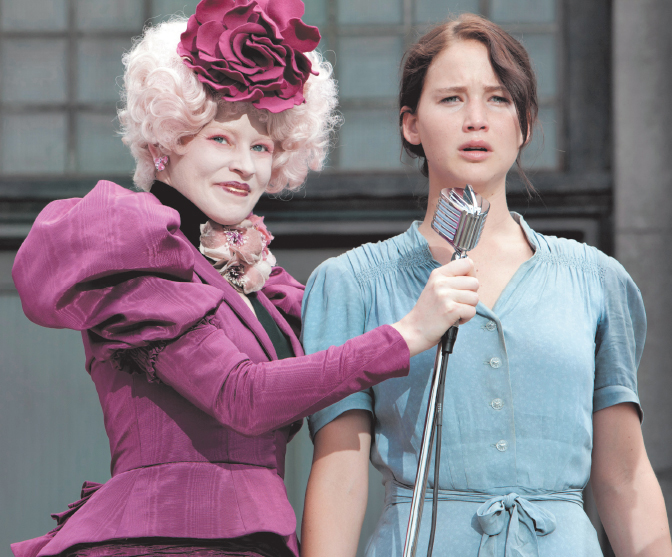8.3 POWER AND CONFLICT
Printed Page 248
Power and Conflict
Power influences who will prevail in conflicts
In Suzanne Collins’s futuristic novel The Hunger Games (2008), North America has become Panem, consisting of a wealthy Capitol city surrounded by twelve outlying districts.2 Following suppression of a mass rebellion by the districts, the Capitol creates the annual “Hunger Games.” Children from each district are selected and pitted against each other in a fight to the death that is televised live. Child participants are chosen lottery-style, and for district residents there is no choice: to not participate in the lottery means death for all. As Katniss Everdeen, the story’s central character, describes it:
Taking kids from our districts, forcing them to kill one another while we watch—this is the Capitol’s way of reminding us how totally we are at their mercy. Whatever words they use, the real message is clear: look how we take your children and sacrifice them and there’s nothing you can do. If you lift a finger, we will destroy every last one of you.” (p. 18)
The dominant theme of The Hunger Games is power: the ability to influence or control people and events (Donohue & Kolt, 1992). Understanding power is critical for constructively managing conflict, because people in conflict often wield whatever power they have to overcome the opposition and achieve their goals. In conflicts where one party has more power than the other—like the Capitol has over the districts—the more powerful tend to get what they want.
